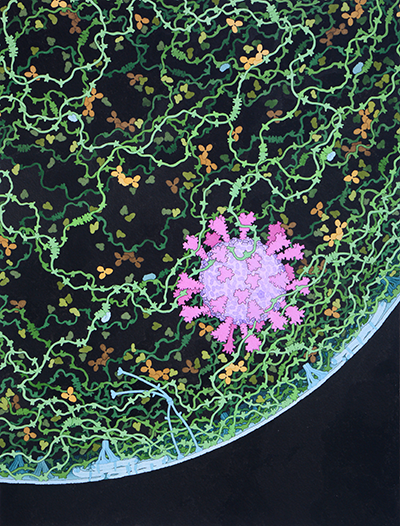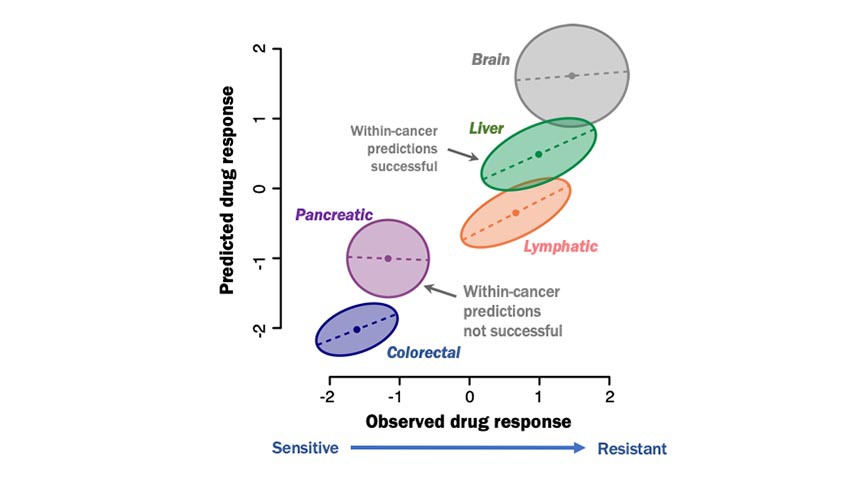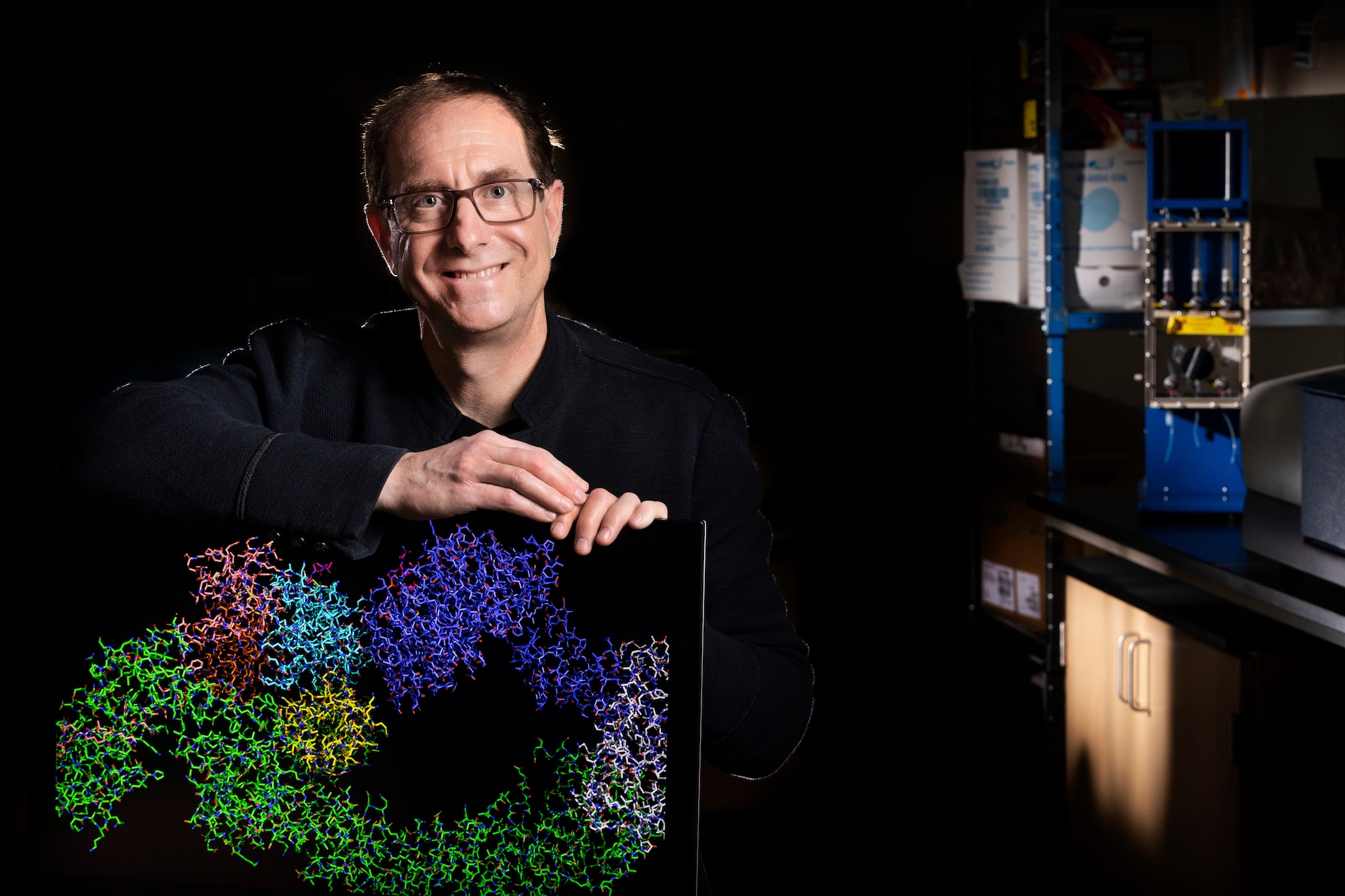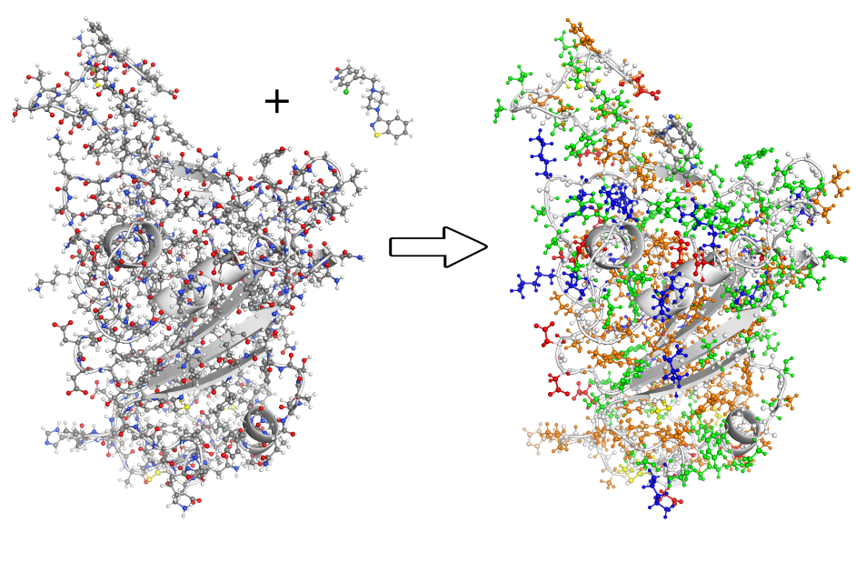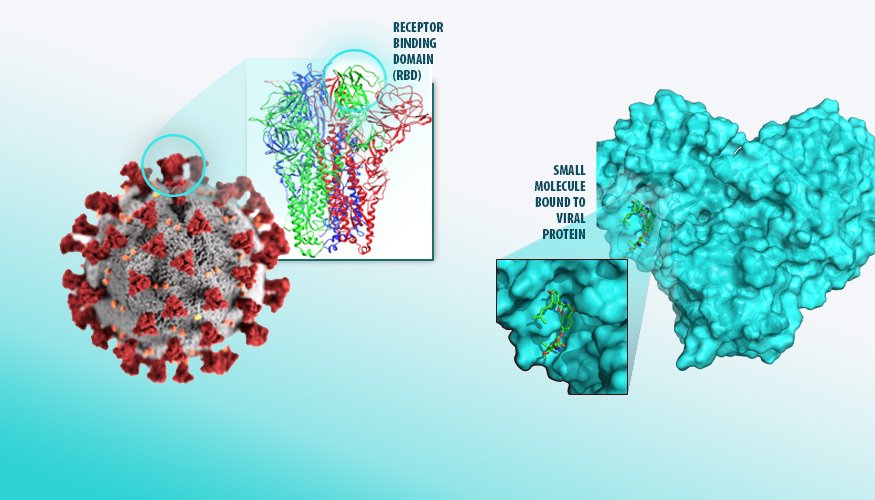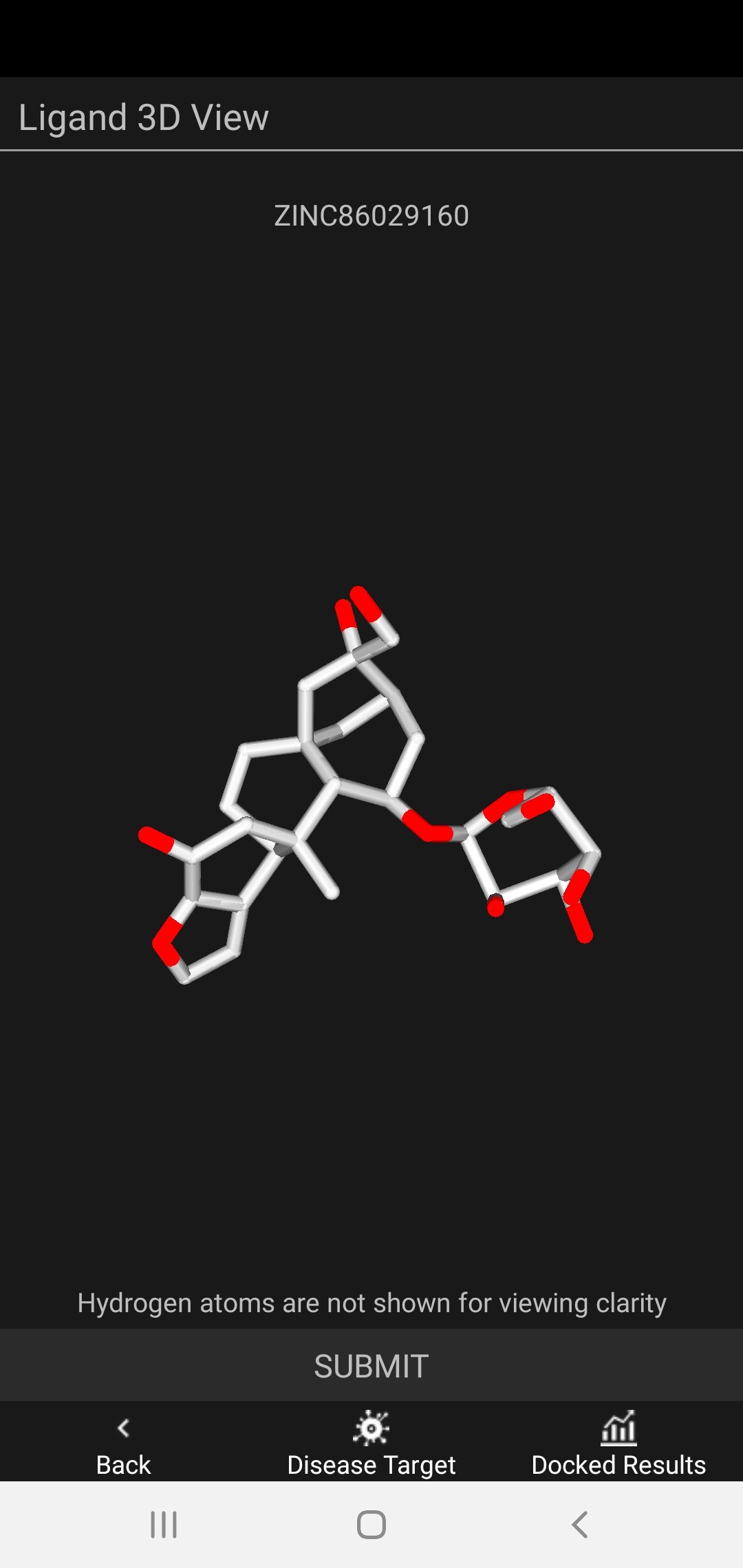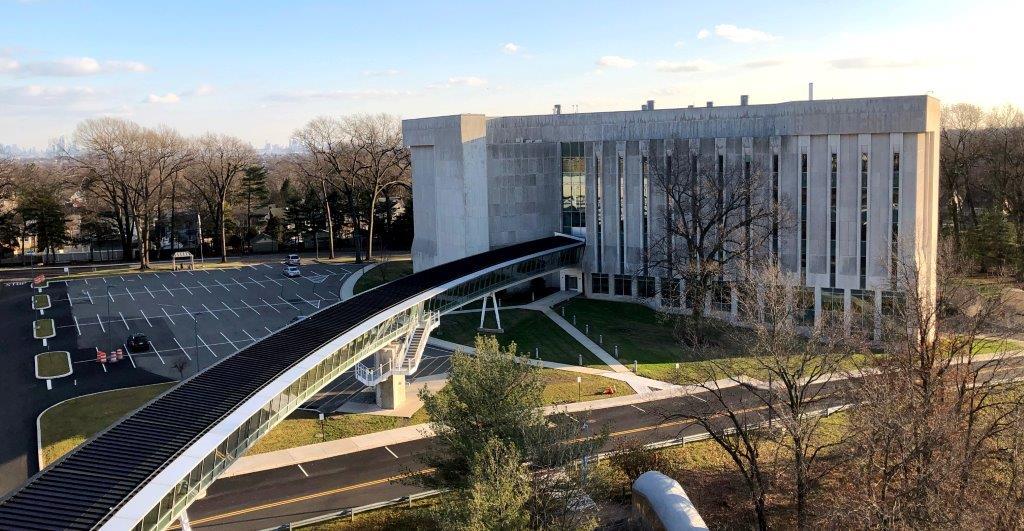A Phase 2 clinical trial has started of DS-1211 in individuals with Pseudoxanthoma Elasticum (PXE), a rare multisystem genetic disease that causes calcium deposits in soft tissue resulting in considerable morbidity. DS-1211 is a potential first-in-class small molecule developed through a research collaboration between Daiichi Sankyo and Sanford Burnham Prebys.

